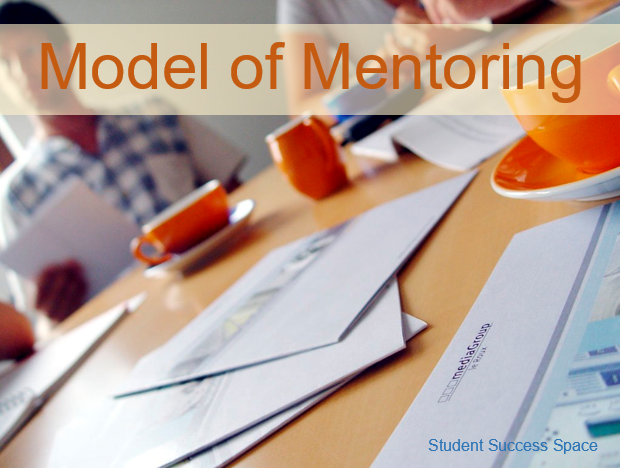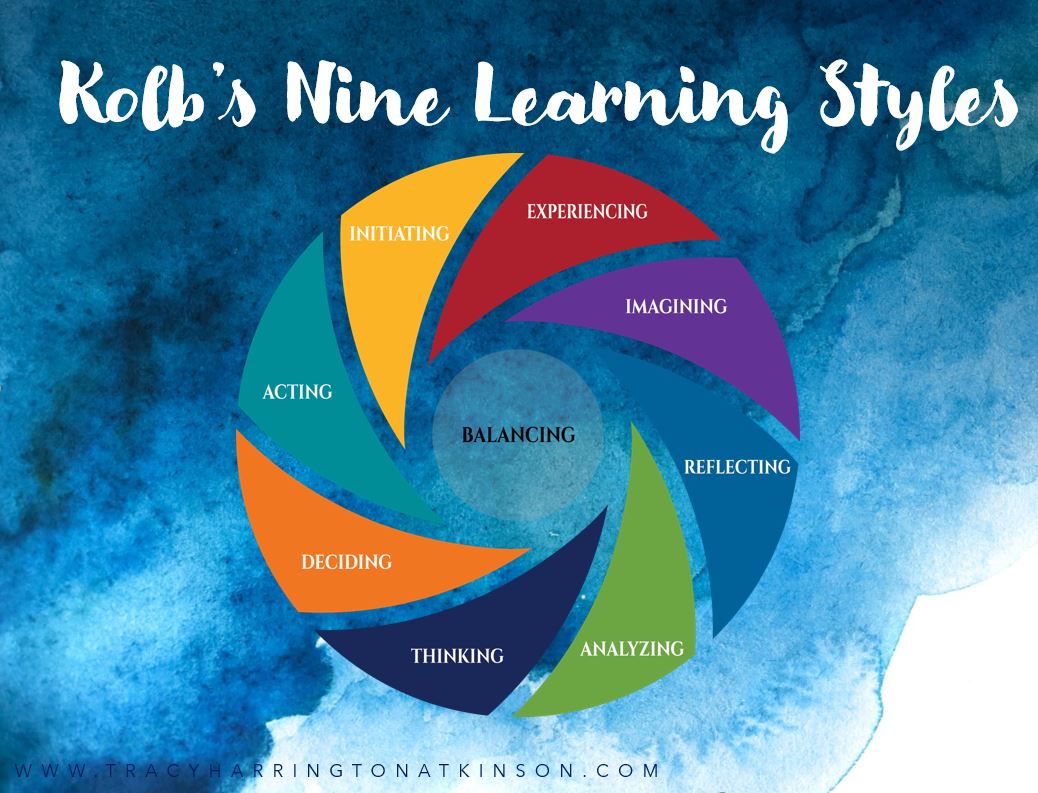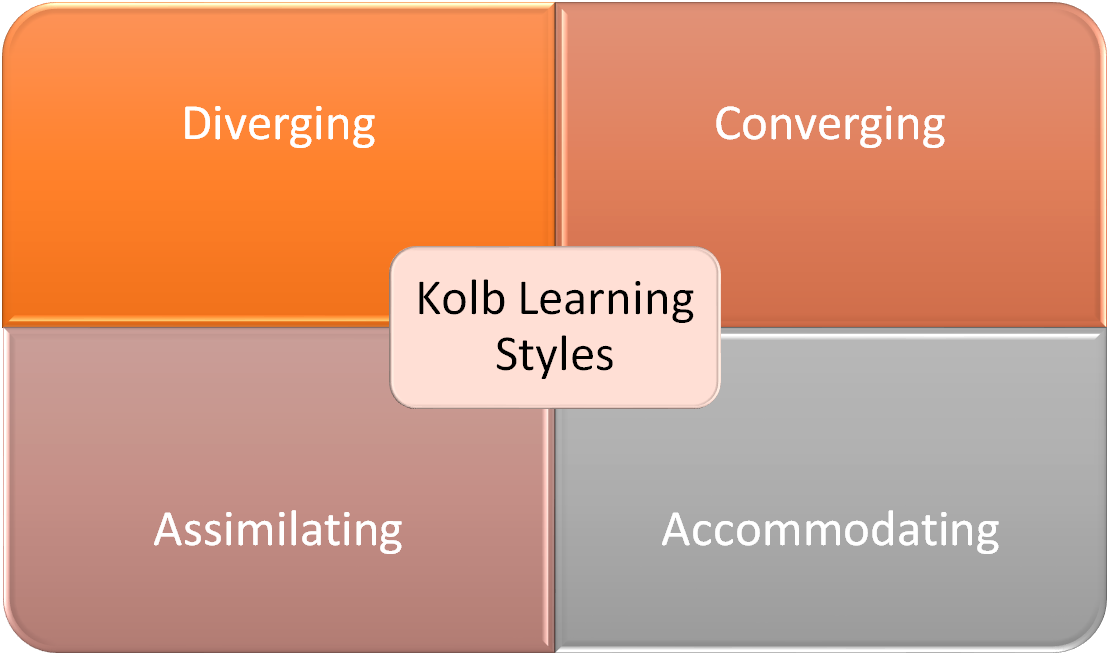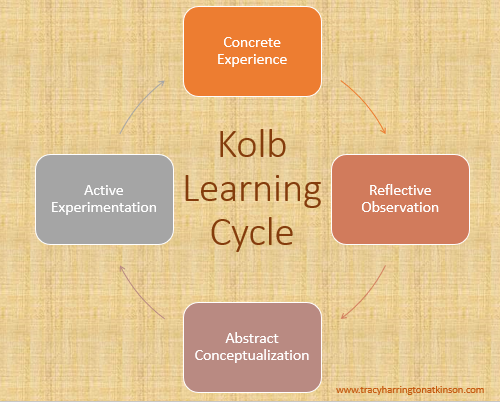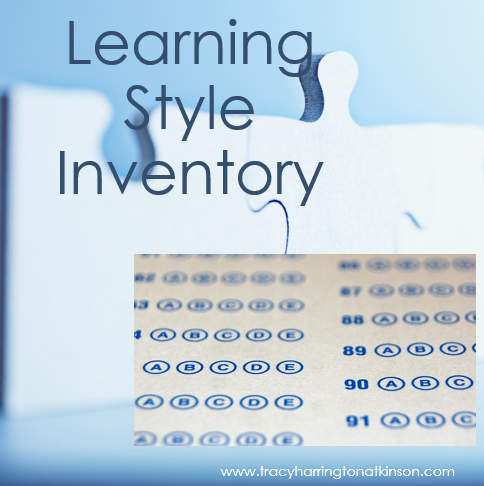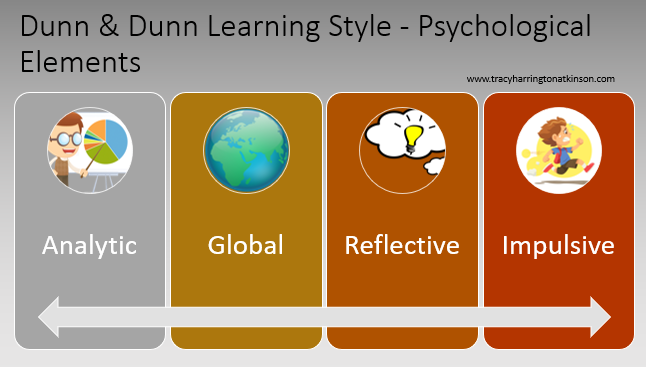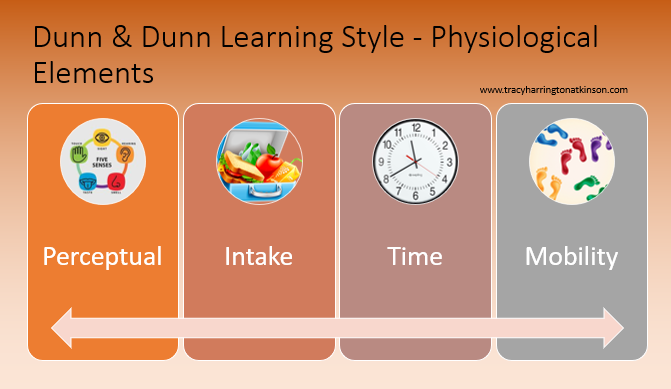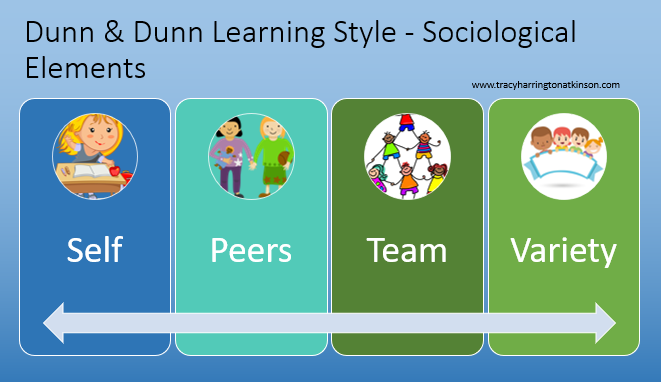Strategies to develop critical thinking skills are essential to learning and especially to the autonomous learner […]
The model of mentoring is a guide to aid the mentor and the learner through an effective learning process. Even the most independent of autonomous learners can enjoy the relationship a mentor will bring.
One of the greatest dilemmas in the research for the autonomous learner or the self-directed learner […]
Kolb identifies nine different styles that add joy, satisfactions and also address different challenges.
The Kolb Learning Style Model is divided into four different styles which derive from a four stage learning cycle. This learning theory provides an understanding not just of individual learning styles based on the four quadrants but also explains a cycle of learning that can be applied to all learners.
The Kolb Learning Cycle is a four stage, experiential cycle where the learner ought to go through each of the four stages.
The Learning Style Inventory will look at and diagnose the learning styles of individuals. It is a 104 question test that is self-reporting.
How the learner processes and responds to information and ideas is related to the psychological influences. Are they detail oriented? Global oriented? Reflective?
Physiological concerns how the student physically engages their learning environment. What are their perceptual preferences (visual, audio, kinesthetic, read/write)? What time of the day are they most effective as learners? Do they need to be moving to learn? Hands-on learner? Or maybe they are a passive learner who simply prefers to observe.
Sociological influences impact the social preferences of the learning environment. Is the student an independent or social learner? Do they prefer to learn in pairs with peers or even in small groups? Students may even enjoy working in a variety of these options.
